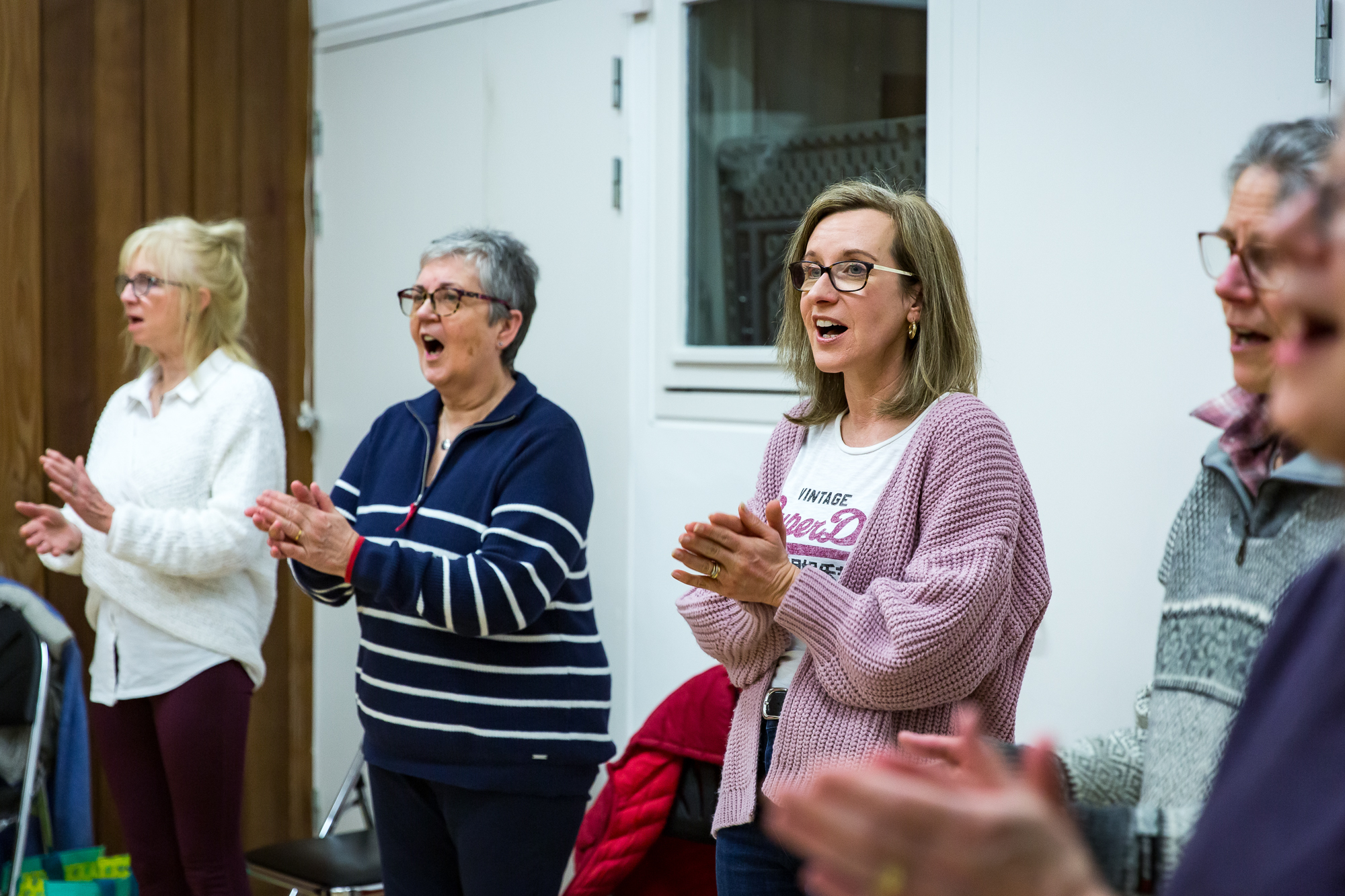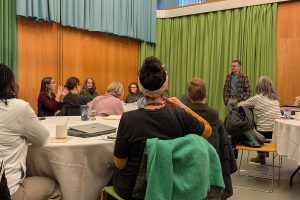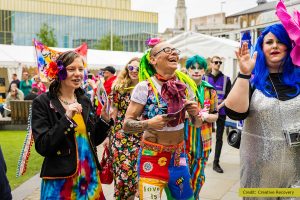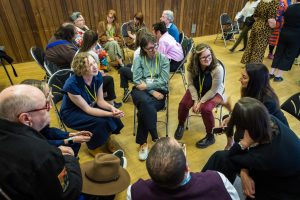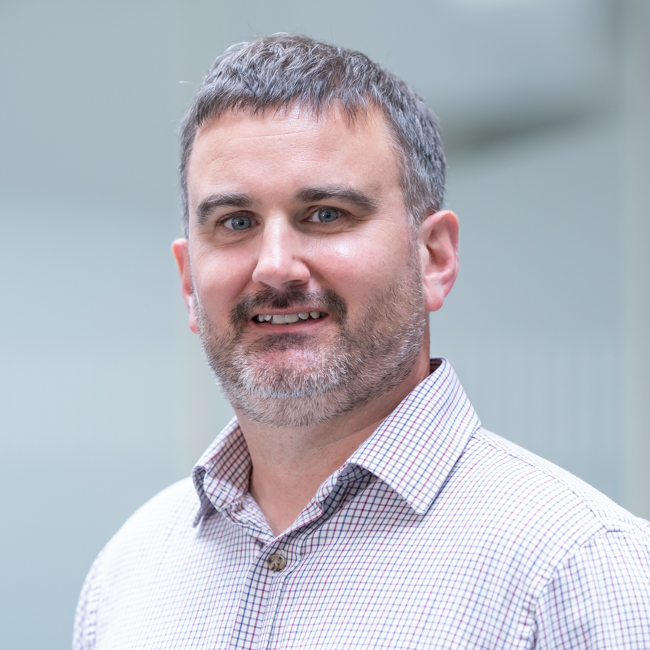
Chris Dayson, Professor at Sheffield Hallam University, and Principal Investigator of the project, provides some background to the project and its aims, opportunities and priorities.
Welcome!
It was almost exactly one year ago that we received the exciting news from UK Research and Innovation (UKRI) via the Arts and Humanities Research Council (AHRC) that our Creative Health Boards project was successful in its bid for funding. It’s a testament to the amount of work undertaken since then that we are now in position to launch our website with a series of blogs highlighting some of what has happened in the past year and paving the way for what is still to come.
In this blog I want to go back to beginning and set-out what this project is all about and what we hope to achieve over the next few years.
Background to the project
We are fortunate to have received £2.1m over three years (2024-27) via UKRI (AHRC) Collaborative Community Research to Tackle Health Inequalities programme as one of 12 projects selected to address the UKRI programme objectives:
- To develop testable and replicable collaborative models for integrating community assets within the changing structures of health and social care in the UK, by understanding the complexities, barriers and enablers of integration.
- To explain the links between these community assets and place-based health inequalities with a view to creating healthier, and more resilient, communities and environments, particularly for people living in the most deprived areas.
- To converge data and learning from a range of local and regional models to inform the spread and adoption of collaborative models across the UK.
Our project is a collaboration between Sheffield’s two Universities and Doncaster’s vibrant creative health ecosystem led by darts, Cast, Heritage Doncaster and Doncaster’s Health Determinants Research Collaboration (HDRC).
Project aims
Taking Doncaster’s innovative Arts and Health Board as our start point, our project aims create a replicable Creative Health Board (CHB) model that will support the embedding of art, culture and other creative activities within the health and care system. It is our intention that CHBs will be led by community assets – local charities, community groups, museums and theatres – and involve the NHS, councils and the private sector working collaboratively to accelerate the development of creative health and embed it into health and social care. CHBs will work with system partners to develop plans to ensure that all residents can access sustainably funded programmes of art, culture and creativity in their communities.
We’ve set the ambitious goal that, by the end of our project, we will have established six new CHBs across the UK whilst our long-term vision is to have a CHB embedded in every health and care system in the UK so that community assets are sustainable, and creative health can be accessed by people wherever they live and whatever their circumstances.

We will be delivering our project through a programme of collaborative, participatory action-oriented research involving all of the key partners. This research will have a number of goals including:
- Demonstrating how creative health can be more accessible for people experiencing or at risk of ill-health.
- Testing new approaches to funding, delivering and valuing creative health.
- Building capacity within creative community assets to carry-out research.
- Developing new tools and guidance about CHBs and how to implement them.
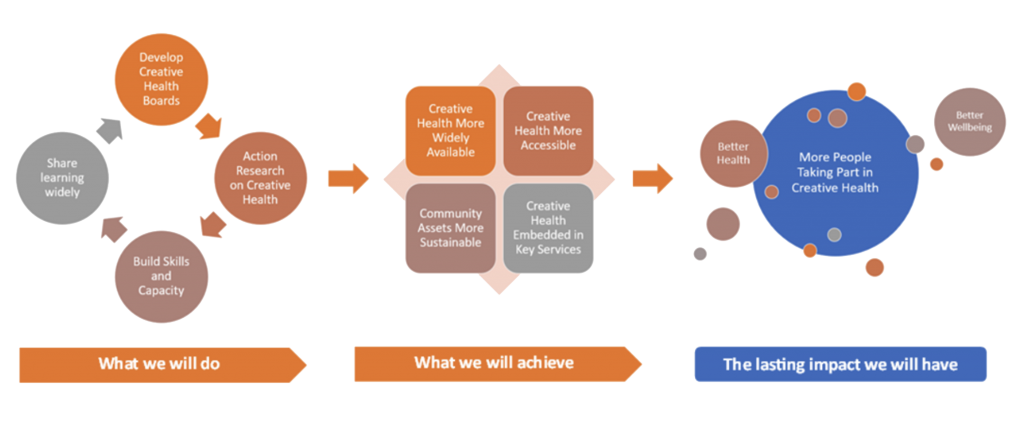
An opportunity to do things differently
One of the most exciting things about this project is how it provides us with an opportunity to demonstrate a very different approach to large scale academic research projects. It allows us to think differently about how we harness the skills, knowledge and expertise of community assets more effectively and more equitably as partners in research. To that end, we have included a number of unique features in this project to help us achieve our goal of parity of esteem, knowledge and experience. These include:
- Investing in the time and capacity of community asset partners, including resources for creative health activities and community engagement to support the research.
- Extensive co-production with community assets, including co-leadership of the project and research process, co-development of research priorities, co-researching, and centring the project around a greater voice and involvement for people with lived experience.
- Sharing learning with community assets and key policymakers through practice focussed creative research outputs.
Our priorities for the next 12 months
Since our three Embedded Researchers – Emilie, Clair and Chloe – joined us over the summer we have been busy co-designing our research priorities for the next 12 months. There will be more information on this available via the website over coming months, but in summary, our areas of focus will be:
- Addressing health inequalities: we’ve identified a number of creative health activities and programmes led by darts, Cast and Heritage where we want to understand who attends and who doesn’t, what the barriers are to participating, and how barriers can be overcome?
- Developing the CHB model: we’ve been busy mapping effective practices from around the country with a view to mapping out some of the key principles behind an effective CHB and understanding how the model can be approved.
- Exploring sustainable funding: we’re exploring how some existing creative health activities and programmes can be funded more sustainably by working with staff, commissioners and funders to explore barriers and examples of good practice.
- Demonstrating the value of creative health: we want to help community assets demonstrate the value and value for money of the creative programmes in ways that are robust and credible. To start with, we are looking at how the Treasury recommended WELLBY approach can be adapted for use within creative health activities.
Finally, we’re already planning our first annual conference and have set a date for early May. Unfortunately, due to capacity limitations, the event will be invite only with places prioritised for partners in South Yorkshire. However, there will be lots of content produced on this website and through our social media channels in lead-up to the conference, on the day, and in the aftermath, so please watch this space to find out more!
